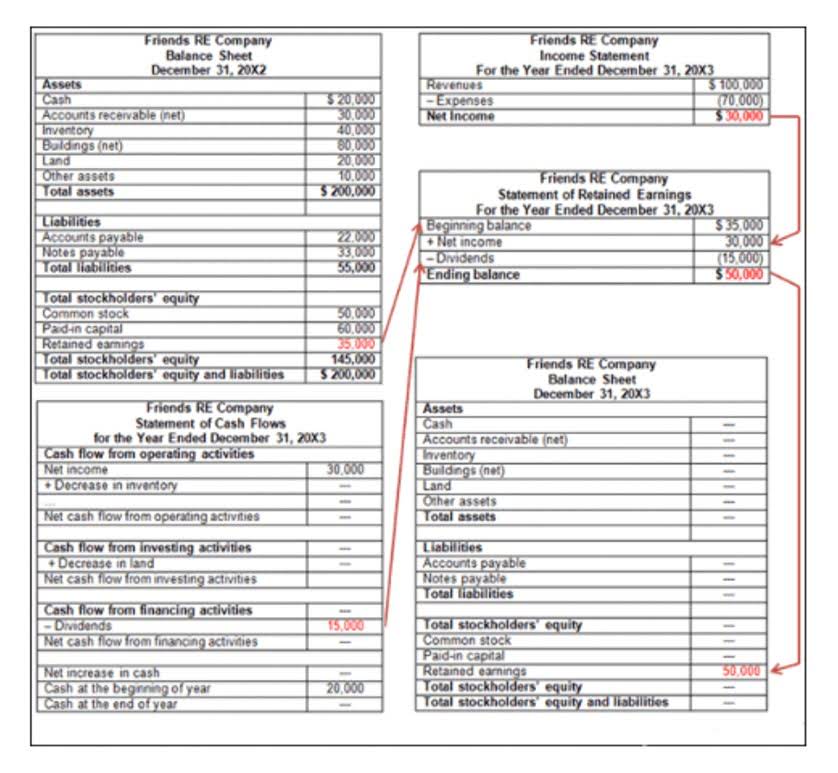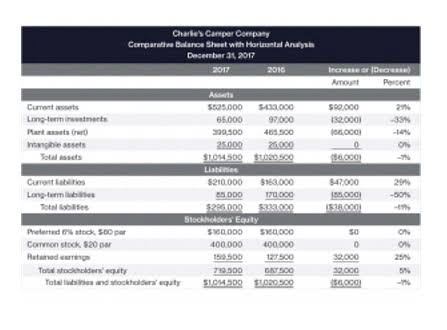
In this case, for each of the overtime hours worked, your employee would earn $37.50, instead of $25. No, overtime pay is taxed at the same rate as your regular wage bracket. However, if you earn more money and increase your income, you may move into a higher tax bracket. This guide is intended to be used as a starting point in analyzing overtime pay and is https://www.bookstime.com/ not a comprehensive resource of requirements.

Exempt employees

They’re the ones hitting the pavement, meeting clients, and closing deals. The Fair Labor Standards Act (FLSA), along with federal and state laws throughout the US states that employees must receive proper compensation for their work. Note that certain states do not permit the fluctuating workweek calculation method. If an employee shows up for a shift and is told that there will be no work that day, you do not need to count that first hour of work. For example, when a construction worker shows up for a job and is told the day is how much is overtime pay rained out, you do not need to pay them for the first hour. Overtime laws protect employees and these rights cannot be waived.
Example: How does time and a half work for salaried employees
- Laws about overtime pay vary in different countries andstates, so make sure you know which rules apply.
- Willful or inadvertent disregard of overtime laws is one of the surest ways for a business to end up in a wage/hour audit or lawsuit.
- These steps include maintaining accurate job descriptions and time records.
- Employees may work as many hours per day or week as they and their employers see fit, as long as the required overtime compensation is paid for the hours worked in excess of 40 hours per workweek.
- It’s meant to reward your extra effort and isan important aspect of many employees’ compensation packages.
- Under the FLSA, her agreement does not waive her right to overtime pay.
Qualifying for overtime has different rules in different states and countries. Most payroll software can handle overtime calculations and are usually updated with the latest rulings. Check out our guide unearned revenue on the best payroll software to find one that works for your small business.
Overtime Pay Calculation for Hourly Employees

From the example above, the base pay was $800 and the overtime pay was $375. Thus, their total pay owed for the week is $1,175 ($800 + $375). One that’s easy to miss—but can be costly—is failing to pay overtime correctly.

Once the weekly wage is determined, the regular hourly rate of pay will be calculated as indicated above. In addition to hourly pay rates, overtime-eligible employees may be compensated in a number of different ways. Each of these methods requires the employer to determine the regular rate and to calculate overtime pay in a specialized way. Covered, nonexempt employeesmust be paid overtime pay at no less than one and one-half times the employee�s regular rate ofpay for hours worked in excess of 40 in a workweek.

Consider, for example, a nonexempt employee who works eight hours on Monday, Tuesday and Wednesday, 10 hours on Thursday, and six hours on Friday. This worker would not meet the weekly overtime threshold of the FLSA, but could be eligible for two hours of overtime pay for the hours worked on Thursday, depending on applicable state labor law. To make matters even more complex, businesses must comply with not only the FLSA, but also the wage and hour laws in state and local jurisdictions. When these regulations differ, employers have to apply the overtime pay rate that is most favorable to the employee. The rule is any nonexempt employee who works over 40 hours in a workweek receives overtime pay.
- The process can become quite complicated, and the financial consequences of erring can be astronomical.
- Keep in mind that states’ minimum wages may be greater than the federal minimum.
- They’re the ones hitting the pavement, meeting clients, and closing deals.
- Child labor laws are designed to protect the health and safety of children.
- The Department of Labor takes overtime violations seriously and may conduct audits to ensure compliance.
- So, when she gets paid double time, her hourly rate increases to $24 per hour (12 x 2) for the additional hours.
Under the FLSA, any non-discretionary bonuses or commission earned by a nonexempt employee must be factored into their regular rate of pay. The calculation method varies depending on if the bonus or commission payment is allocated by the workweek or some other frequency, e.g., monthly, quarterly, annually. Except for certain states that require premium pay daily, overtime is calculated by the workweek. According to the FLSA, a workweek is a fixed and regularly recurring period of 168 hours or seven consecutive 24-hour periods. It may begin on any day of the week and at any hour of the day and is not impacted by an employee’s pay frequency, e.g., bi-weekly, semi-monthly, monthly.